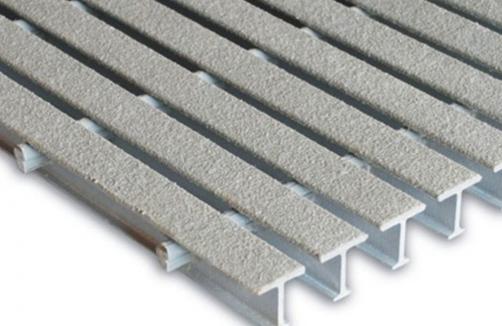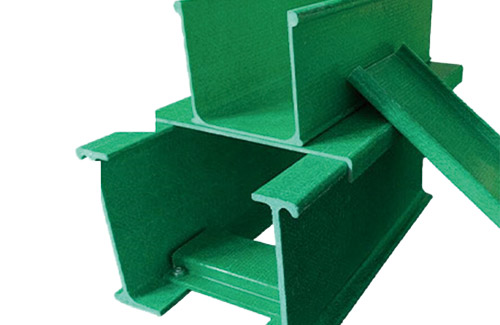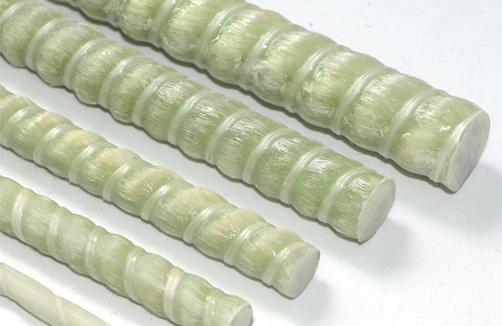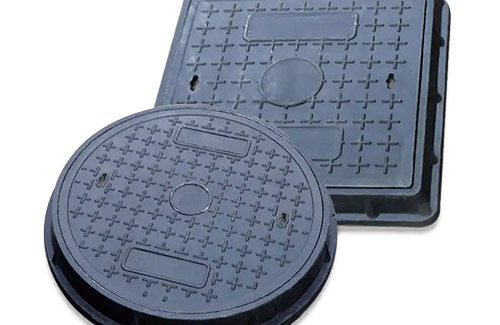Plastic grid packing, mainly made of PVC, PP and other plastic materials, exhibits many significant advantages. Its large specific surface area and smooth surface allow for high air permeability, low pressure drop, and strong resistance to plugging. These features make plastic grid packing superior to traditional wooden grid packing in terms of performance.
Firstly, from an environmental perspective, plastic grid packing is processed from plastic profiles and does not cause pollution to the environment. Compared to wooden grid packing, the use of plastic grid packing can conserve a significant amount of wood, thus contributing positively to environmental protection and ecological balance.
Secondly, from a design and manufacturing standpoint, the assembly of plastic grid packing is simple and can be customized according to the tower diameter and inlet size. This flexibility improves the utilization space of the tower, making the design and manufacturing process more straightforward.
In addition, plastic grid packing also excels in mass transfer efficiency. With its plate pieces perpendicular to the tower cross-section and aligned with the airflow and liquid flow directions, a rotating turbulent flow contact is formed between the upper and lower layers. This design allows the liquid to form a film-like flow on the surface of the plate pieces, enabling more thorough contact with the gas, thus enhancing mass transfer efficiency and absorption capacity.
Moreover, the large spacing between the grid packing plate pieces results in a high void fraction and large specific surface area. This structure ensures a fixed flow direction for both gas and liquid, with uniform channels in each layer. As the gas or liquid flow rate increases, the interaction between the gas and liquid phases intensifies, but with minimal liquid holdup, the tower resistance remains low. This allows for the use of higher void tower speeds when retrofitting old towers with plastic grid packing, thereby enhancing production capacity.
Lastly, due to the large spacing and smooth surface of the grid packing plate pieces, the resistance to gas rise and liquid descent is significantly reduced. This prevents dust-laden gases and liquids from stagnating, depositing, accumulating, or blocking on the surface of the packing. Therefore, plastic grid packing serves as an efficient, high-flux, low-pressure, and non-blocking novel structured packing. Under normal operating conditions, its flux is 80% higher than that of tray towers.
In conclusion, plastic grid packing, with its unique advantages, holds vast potential for applications in the chemical industry, environmental protection, and other fields. Its environmental friendliness, high efficiency, and high flux make it an ideal alternative to wooden grid packing, opening up new opportunities for the development of related industries.








